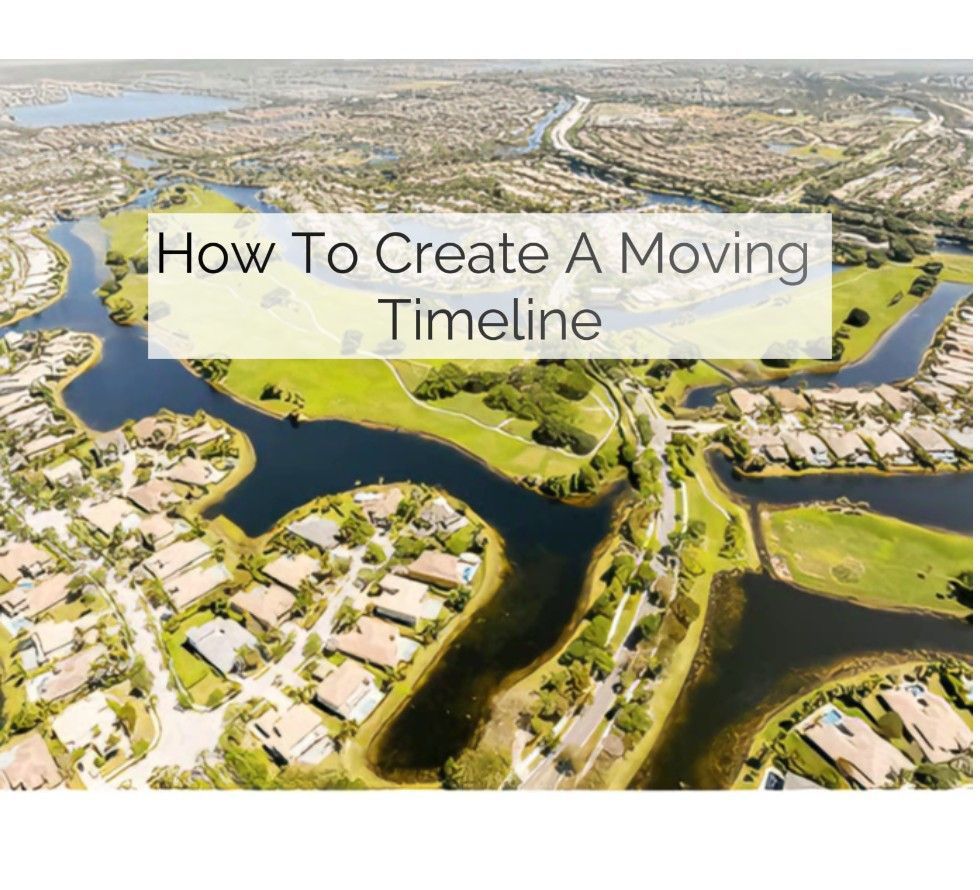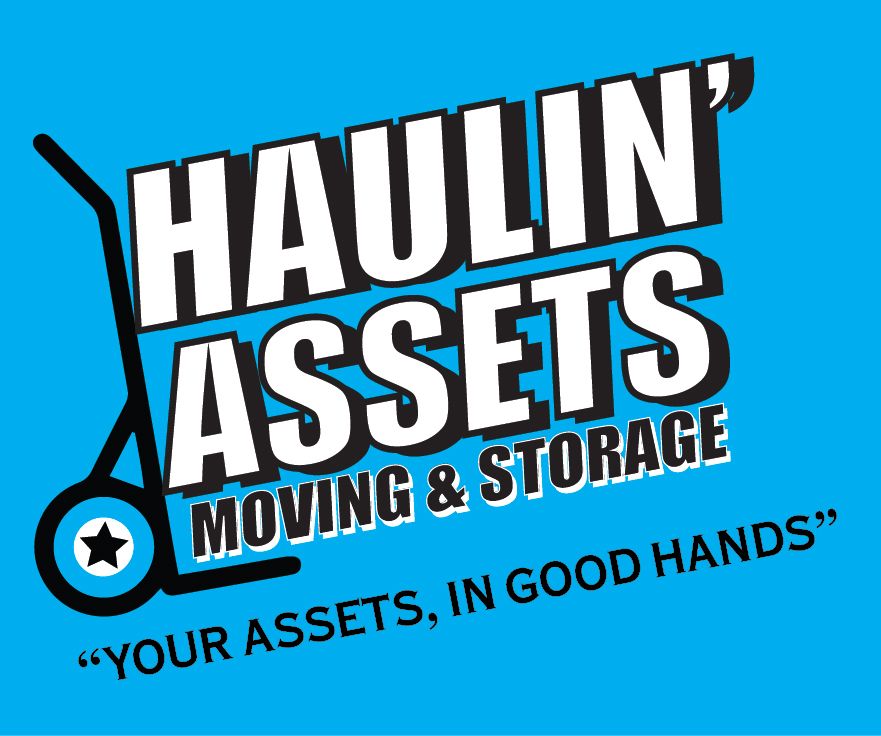From its stunning beaches to its vibrant downtown area, Pompano Beach is a great place to call home.
However, before making the move, it’s essential to consider the Pompano Beach cost of living.
In this article, we will break down the costs of living in Pompano Beach, including housing, transportation, food, and more, to help you determine if this city is right for you.
Overview of Pompano Beach Cost of Living
Living in Pompano Beach offers a mix of affordability and luxury. The cost of living here is generally higher than the national average but lower than some of Florida’s more upscale areas like Miami or Palm Beach.
Factors such as housing, food, and entertainment shape the overall Pompano Beach cost of living, and understanding these can help you budget wisely.
Housing Costs in Pompano Beach
Housing is often the most significant expense for residents. The median home price in Pompano Beach hovers around $350,000 in 2024, making it more affordable than Miami or Fort Lauderdale. However, rental prices vary depending on location and amenities:
Average Rent in Pompano Beach
- Studio Apartments: Approximately $1,539 per month.
- One-Bedroom Apartments: Around $1,738 per month.
- Two-Bedroom Apartments: About $2,312 per month.
- Three-Bedroom Apartments: Approximately $2,816 per month.
Proximity to the beach or major attractions may increase costs. If you’re looking for budget-friendly options, consider neighborhoods further inland.
Utilities and Energy Costs
Utilities in Pompano Beach are relatively in line with the national average. The average monthly utility bill, which includes electricity, water bill payment, and garbage, is around $150–$200 for a standard two-bedroom apartment.
The hot and humid Florida climate means air conditioning is essential, and this can drive up electricity bills, particularly in the summer months.
Transportation Expenses
Transportation is another critical factor in the Pompano Beach cost of living. Public transportation options include the Broward County Transit system, offering buses that connect Pompano Beach to nearby cities.
Monthly bus passes cost about $70. However, many residents rely on personal vehicles for convenience. Here’s a breakdown of transportation costs:
- Gasoline prices: Approximately $3.50 per gallon
- Car insurance: $150–$250/month, depending on coverage and driving history
- Rideshare services: Around $10–$20 per ride within the city
Food and Dining Costs
Dining in Pompano Beach can range from affordable to extravagant. Grocery bills for a single person average $300–$400 monthly, while families may spend upwards of $800. Eating out is a popular pastime here, with diverse options ranging from casual beachside eateries to high-end seafood restaurants:
- Casual meal: $15–$25 per person
- Fine dining: $50–$100 per person
- Coffee and snacks: $5–$10 for a specialty drink and a pastry
Healthcare Costs
Healthcare in Pompano Beach is slightly higher than the national average. The availability of excellent healthcare facilities and specialists makes it a reliable location for medical care. Residents can expect:
- Routine doctor visits: $100–$150 without insurance
- Dental check-ups: $80–$120 per visit
- Health insurance premiums: $300–$600/month, depending on coverage
Education and Childcare
For families, education and childcare are vital components of the Pompano Beach cost of living. The city boasts public, private, and charter schools, as well as daycare options. Here are some estimated costs:
- Daycare or preschool: $900–$1,500/month
- Private school tuition: $7,000–$15,000/year
- Public school expenses: Minimal, apart from supplies and extracurricular activities
The area also provides access to higher education institutions like Broward College and Florida Atlantic University.
Recreation and Entertainment
Living in Pompano Beach means having access to endless recreational activities. From sunbathing on pristine beaches to exploring local parks and cultural attractions, there’s always something to do. Entertainment costs include:
- Beach and park access: Free or minimal fees
- Movies: $12–$15 per ticket
- Fitness memberships: $50–$100/month
- Boat rentals or water activities: $100–$300, depending on the activity
Residents also enjoy seasonal festivals and a lively arts scene, which often feature free or low-cost events.
Is Living in Pompano Beach Worth the Cost?
For many, the benefits of living in Pompano Beach outweigh the costs. The city offers a unique blend of coastal living, diverse cultural experiences, and a tight-knit community.
While the Pompano Beach cost of living may be higher than the national average, it provides excellent value for those seeking a high quality of life.
Tips for Managing Costs in Pompano Beach
If you’re moving to Pompano Beach and concerned about expenses, consider these tips from our Pompano Beach movers:
- Budget for housing carefully: Choose neighborhoods that align with your financial goals.
- Save on transportation: Use public transit or carpool to reduce costs.
- Embrace local cuisine: Explore budget-friendly restaurants and farmers’ markets for fresh and affordable meals.
- Plan for utilities: Invest in energy-efficient appliances to lower bills.
- Take advantage of free activities: Beaches, parks, and festivals offer endless entertainment at little to no cost.
Understanding the Pompano Beach cost of living is crucial for making an informed decision about relocating to this vibrant city.
From housing to recreation, the expenses vary depending on your lifestyle and preferences. However, Pompano Beach’s charm, scenic beauty, and community-oriented atmosphere make it an appealing place to call home.


